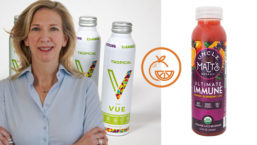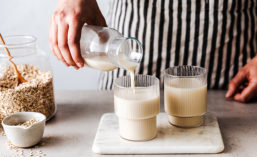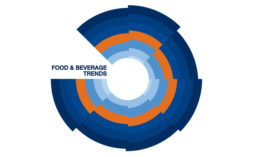Home » Consumer Trends
Articles Tagged with ''Consumer Trends''
IMMUNITY
A third of US vitamin users have increased their intake since the start of the pandemic
Read More
Consumer Food Insights Report Explores Role of Dollar Stores in Food Landscape
The Purdue University Center for Food Demand Analysis and Sustainability report assesses food spending, consumer satisfaction and values, support of agricultural and food policies
May 16, 2023
Gen Z Consumers Influence Everything from Taste to Expansive Food and Beverage Trends
Product developers work to position new innovations and messages to youngest group of adults
April 28, 2023
Plant-Based Dairy Options Proliferate, Provide More Mealtime Options
Consumers purchasing plant-based options skew young, as 59% of shoppers between 18-34 have engaged in the category
April 20, 2023
Snacks Evolve Into Healthy, All-Day, Organic Options
Formulating organic snacks will require ingredients with multifaceted functionality
April 18, 2023
2023 NEW PRODUCTS ANNUAL
Prepared Meals, Entrées Help Busy Consumers Navigate Lifestyle Change
Retail ready-to-eat foods are forecast to grow by double-digits through 2024
April 4, 2023
2023 NEW PRODUCTS ANNUAL
Cereals, Nutrition Bars Boost Appeal with Flavorful Fun, Functional Nutrition
Plant based and ketogenic trends provide insight for the future of the cereal and nutrition bar categories
March 29, 2023
January US eGrocery Sales Dip 1.2% from Year Ago to $8.4 Billion
Continued growth for "pickup" and largest ever repeat intent gap between "grocery" and "mass"
March 24, 2023
At-Home Food Spend Remains Strong, Despite 13% Increase in Inflation
New IRI report reveals food and beverage dollar sales will moderate in 2023, but will remain higher than the historical baseline, even as volume sales decline
March 22, 2023
2023 NEW PRODUCTS ANNUAL
New Beverages Target Essential, Environmental, Experiential Benefits for Consumers
Most consumers look for overall money-saving value and continue to reduce non-essential spending at restaurants, grocery stores, and on alcohol
March 22, 2023











